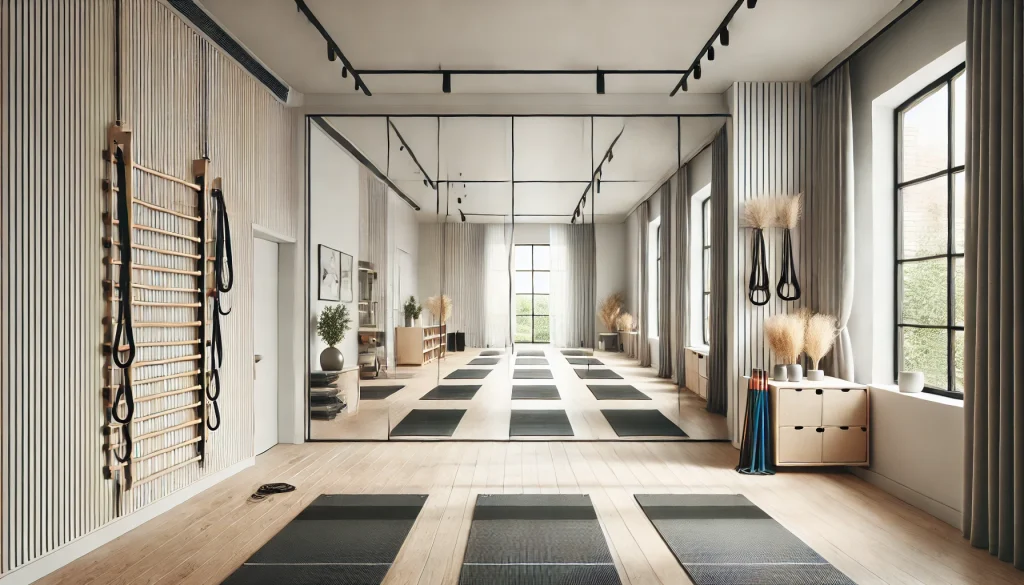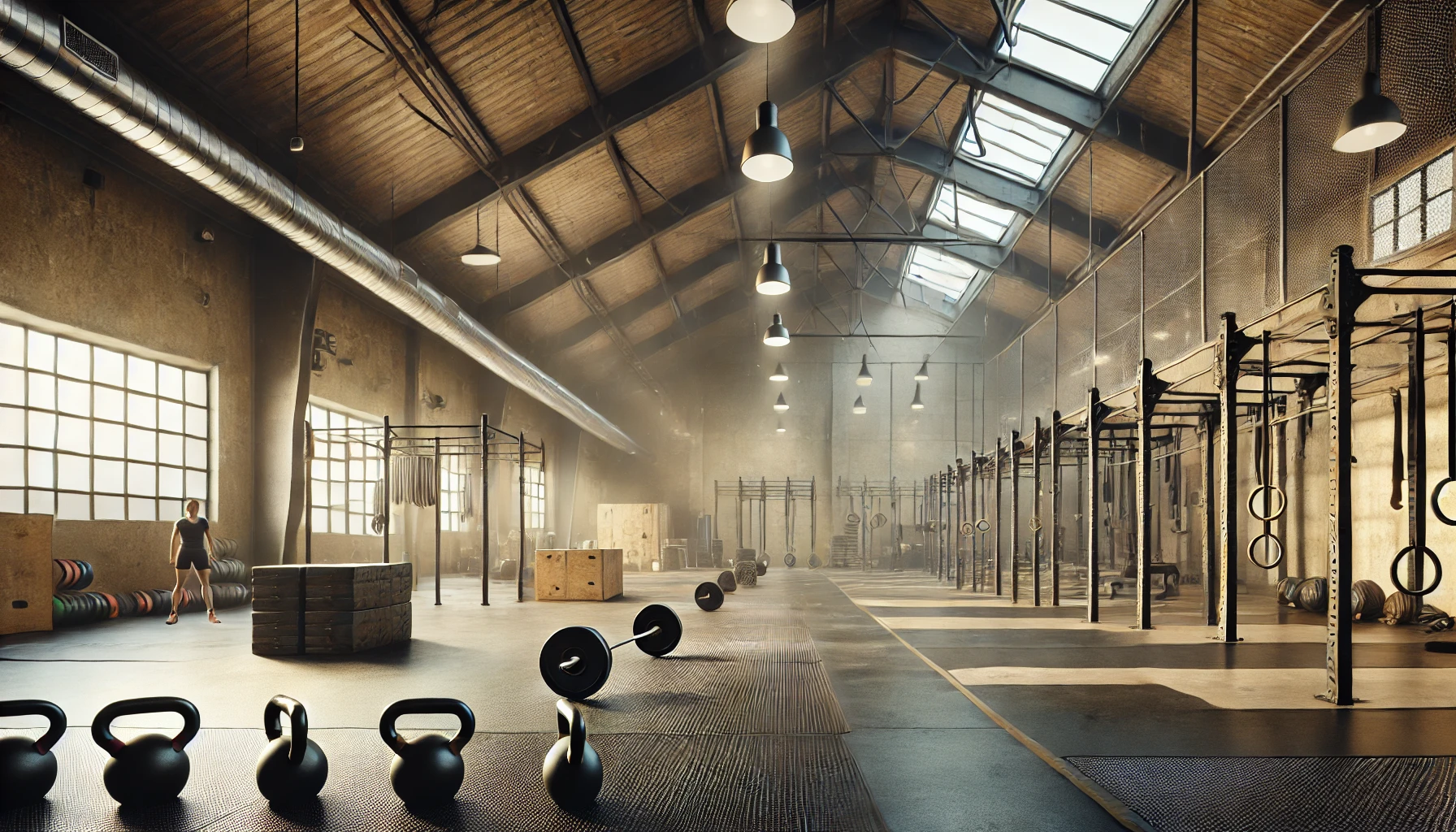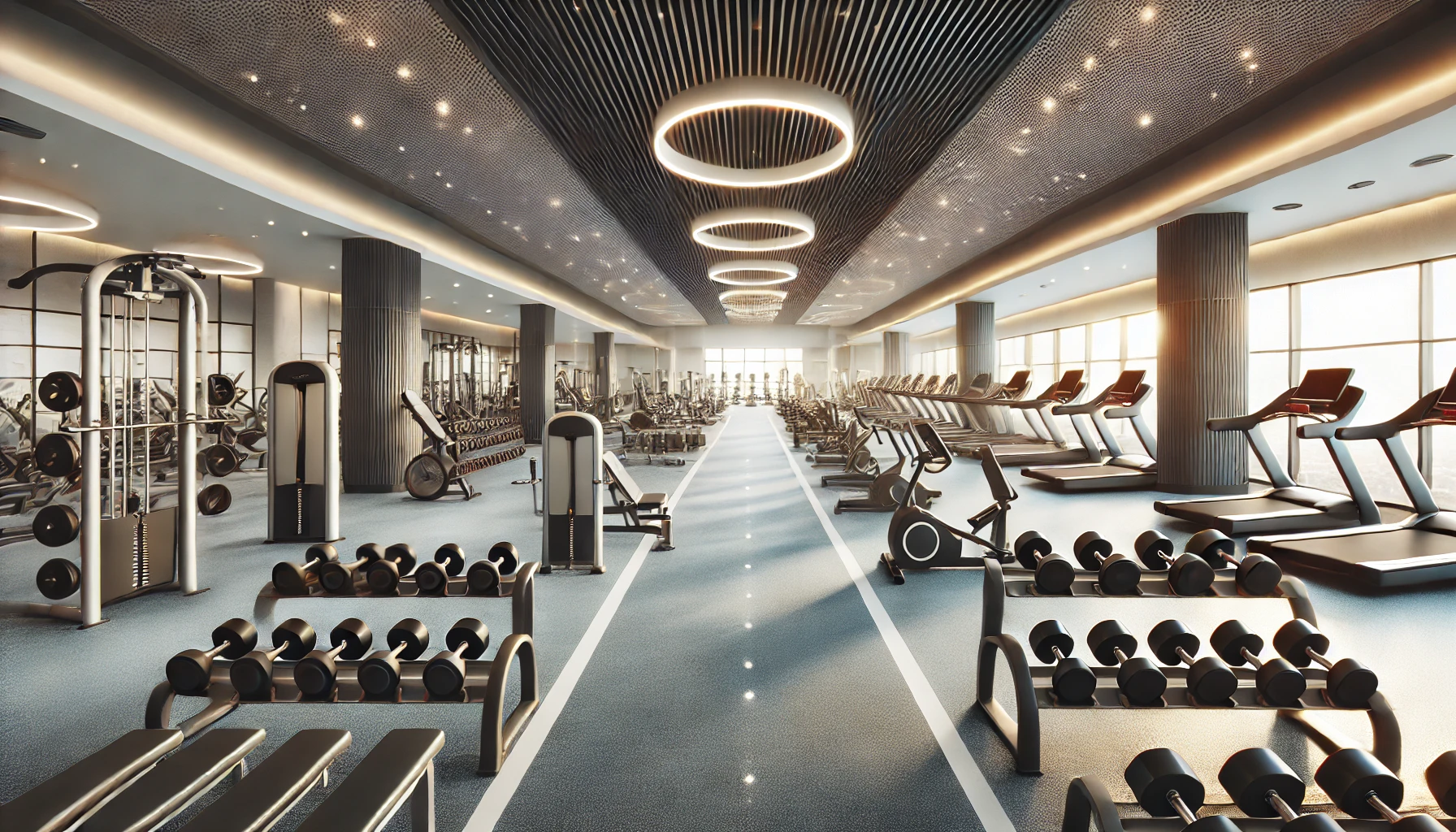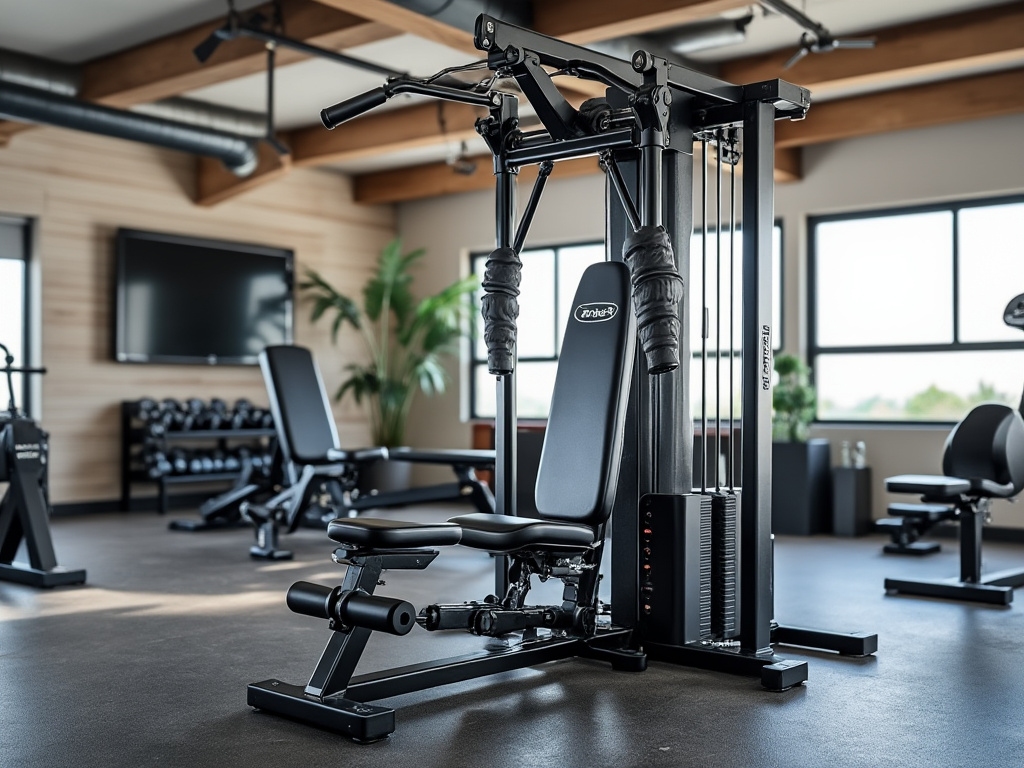When planning to open a gym or even assessing the space needed for a home gym, one of the most critical factors is determining the appropriate size. How Much Square Feet Is the Average Gym? This is the question we’ll answer to in this article. Whether it’s a small boutique fitness studio or a large commercial gym, knowing how much square footage you need is essential for functionality, safety, and customer satisfaction. This article explores how much space the average gym requires, the factors influencing gym size, and best practices for efficient gym space utilization based on insights from the fitness industry.
Understanding the Different Types of Gyms
Before diving into specific numbers, it’s important to note that the size of a gym can vary significantly based on its type and the services it offers. Here are some common types of gyms and fitness facilities:
- Boutique Studios: Smaller gyms focused on specialized workouts such as yoga, pilates, spin, or functional training.
- Commercial Gyms: Larger facilities offering a wide range of equipment and classes, including cardio machines, weights, group fitness, and sometimes amenities like saunas and swimming pools.
- CrossFit Gyms: Medium-sized spaces dedicated to functional fitness and high-intensity interval training (HIIT).
- Home Gyms: Smaller setups designed to fit into a room, basement, or garage.
The average square footage for each type of gym will vary depending on the equipment, number of users, and types of activities they accommodate.
How Much Space Do Different Types of Gyms Require?
1. Boutique Fitness Studios
Boutique fitness studios are generally smaller and more focused on offering specialized classes. Common examples include yoga studios, spin classes, and pilates studios. According to the information from WOD Guru, a typical boutique studio requires around 800 to 2,000 square feet.
Key considerations for boutique fitness spaces:
- Space per participant: A yoga or pilates studio usually requires about 21-25 square feet per person to ensure that everyone has enough room to move comfortably.
- Equipment layout: Spinning studios, for example, need to ensure bikes are spaced out properly, often requiring 10-12 square feet per bike.
- Instructor space: There should be a dedicated area for instructors, including visibility and space to move.
2. Commercial Gyms
Commercial gyms are larger and cater to a wide range of fitness enthusiasts. These gyms typically include areas for cardio machines, weights, group classes, and sometimes additional amenities like pools or saunas. Based on insights from TeamUp and WOD Guru, the average size of a commercial gym ranges from 3,000 to 8,000 square feet.
Key considerations for commercial gym spaces:
- Cardio and Strength Training Zones: Cardio machines (like treadmills and ellipticals) generally need around 30 square feet per machine, while strength training areas require 50-60 square feet for each weight station to accommodate equipment and user movement.
- Group Exercise Rooms: Dedicated rooms for classes like aerobics, dance, or HIIT should have at least 800-1,000 square feet, depending on the class size.
- Additional Amenities: Larger gyms may need additional space for locker rooms, saunas, smoothie bars, or swimming pools, adding significant square footage.
Pro Tip: For commercial gyms, the most efficient layout involves creating dedicated zones for different activities, ensuring that equipment is easily accessible and users can navigate the space comfortably.
3. CrossFit Gyms
CrossFit gyms, or “boxes,” focus on functional training, strength exercises, and high-intensity interval workouts. They tend to be more spacious because they use large, open areas to accommodate movements like lifting, jumping, and running. According to TeamUp, the average CrossFit gym ranges from 1,500 to 3,000 square feet, depending on the number of members.
Key considerations for CrossFit gym spaces:
- Open Floor Plan: CrossFit workouts require room for equipment like barbells, kettlebells, and plyometric boxes, as well as enough space for users to move freely.
- Ceiling Height: High ceilings (around 12 feet or more) are ideal for exercises that involve jumping, lifting, or using equipment like gymnastic rings.
- Flexibility: The layout should be adaptable, with easily movable equipment to cater to different types of workouts and class sizes.
4. Home Gyms
For individuals setting up home gyms, space requirements can vary widely based on the intended use. A small home gym setup might be as compact as 50 square feet, while a more extensive setup with multiple machines could require up to 200-500 square feet.
Key considerations for home gym spaces:
- Compact and Versatile Equipment: Opt for multi-functional machines or equipment that can be easily stored away.
- Ceiling Clearance: Make sure there is enough headroom, especially if using equipment like a treadmill or performing overhead lifts.
- Ventilation: Proper airflow is important, particularly in smaller spaces like basements or garages.

Factors Influencing the Size of a Gym
1. Number of Users
The size of the gym will depend on how many people are expected to use the facility at any given time. Larger commercial gyms must accommodate multiple users per station, while smaller boutique studios may focus on more intimate group sizes.
- Boutique Studios: Typically host smaller classes with 5-20 participants, requiring less space per class but often operating with a more frequent schedule.
- Commercial Gyms: Must account for peak hours when multiple users might be using cardio equipment, weights, and group fitness classes simultaneously.
2. Equipment and Activities Offered
The type of equipment and activities offered plays a significant role in determining how much space is needed. A gym that focuses heavily on cardio machines will need ample space for treadmills, ellipticals, and bikes, each requiring around 30 square feet. Conversely, a CrossFit box prioritizes open floor space, with equipment that can be moved and stored when not in use.
Pro Tip: Consider modular equipment that can serve multiple purposes, saving space and cost. For instance, adjustable benches and racks can be a smart addition to both home and commercial gym setups.
3. Additional Amenities
Gyms with extra facilities like locker rooms, showers, saunas, and swimming pools will need to add significant square footage. For example, locker rooms alone can add anywhere from 500 to 1,500 square feet, depending on the size and number of lockers and showers.
Best Practices for Efficient Gym Space Utilization
Whether you’re designing a boutique fitness studio or a full-scale commercial gym, using your space efficiently is crucial. Here are some best practices:
1. Zoning
Creating specific zones for different types of activities (like cardio, strength training, and group classes) helps keep the gym organized and allows users to find what they need easily. It also reduces the chances of overcrowding in any one area.
2. Storage Solutions
Smart storage solutions can make a big difference in maintaining a clean and spacious gym. Invest in shelves, racks, and cabinets that can neatly store weights, mats, and other accessories when they are not in use.
3. Flexible Layout
Especially for smaller gyms, a flexible layout is key. Equipment that can be moved or stored allows you to quickly adapt the space for different activities. For example, having wheels on larger machines can make it easier to clear space for a class or event.

Conclusion
The average gym size can vary significantly based on the type of facility, number of users, and services offered. Boutique studios might only need 800 to 2,000 square feet, while commercial gyms often range between 3,000 and 8,000 square feet. CrossFit boxes typically fall somewhere in the middle, needing around 1,500 to 3,000 square feet to accommodate their dynamic training style. Understanding your specific needs and planning your space efficiently is crucial to building a gym that caters to your clientele and runs smoothly.
By considering the type of equipment, number of users, and additional amenities, you can ensure that your gym is not only functional but also comfortable and inviting. Proper zoning, flexible layouts, and smart storage solutions are key to making the most out of your space, whether it’s a commercial gym or a home workout area.



